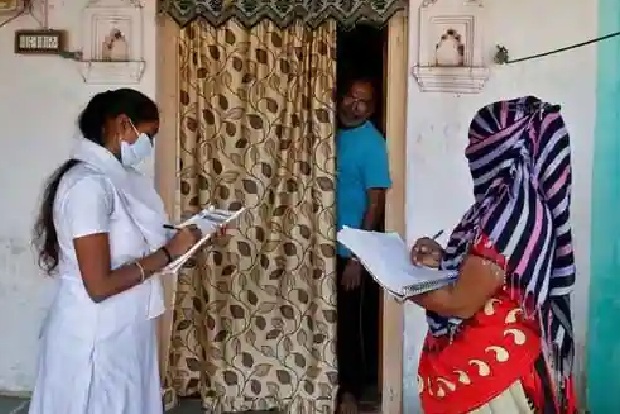Begin typing your search...
Spread to rural India, a ticking time bomb
In 2020, the first wave of the COVID-19 pandemic hit more densely populated Tier 1 and Tier 2 cities, and mercifully spared the villages and far-flung parts of the country.

Chennai
Though there was a surge in cases after the exodus of migrant workers carried the virus back to their hometowns, the overall numbers in 2020 did not give health experts a major cause for panic. However, the second wave has put an end to that small degree of comfort. Case data clearly indicates that the coronavirus is spreading outside cities and is rapidly infecting rural India.
In March 2021, the split of infections between the urban and rural sectors stood at 52:48. However, by mid-May of 2021, this ratio dramatically skewed to a 35:65 split in urban-rural infection spread. Maharashtra’s rural population is among the worst affected, followed closely by Rajasthan and Uttar Pradesh. Post elections, West Bengal too has seen a sharp increase in cases. The rural districts are now recording more deaths due COVID-19 than cities, another ignominious first for the country.
This spread to the villages is a matter of grave concern for several reasons, the main one being healthcare facilities. Despite over 60% of India’s population living in villages and districts, there are barely 3 beds per 10,000 people available in government hospitals. The doctor-patient density - which indicates the doctor-to-patient ratio - is also a point of worry. While southern states have a reasonably good density, (Tamil Nadu is at 253 people per doctor, Kerala at 535 and Karnataka at 507) the northern states are ticking time bombs – Jharkhand is at 8,180, Haryana at 6,037 and Uttar Pradesh at 3,767. Throw in the vaccine and oxygen shortage, and one can only imagine the potential for disaster. The shortage of healthcare services has forced villagers to travel to cities seeking treatment, which has also increased the rate of transmission. Poor facilities, lack of awareness of norms like masking, social distancing have added to an already precarious situation.
The Centre recently issued a new set of guidelines specifically for semi-urban and rural areas to deal with milder cases where home isolation is not possible. Titled ‘SOP on COVID-19 Containment and Management in peri-urban, Rural & Tribal areas’ these guidelines are designed to strengthen primary level healthcare infrastructure and intensify COVID-19 response. The SOPs range from village-level surveillance for respiratory infections to increased testing to the setting up of makeshift facilities under the supervision of nearest PHC/CHC in schools, community halls, marriage halls, panchayat buildings close to hospitals. And while it is commendable that the Centre has correctly anticipated the problem, the challenge lies in execution. The already stretched healthcare workers, shortage of basic equipment and medicines is leading to a situation where there may not be enough to provide villagers with the right healthcare in their neighbourhoods, which is imperative to prevent them from travelling long distances to cities to seek treatment for COVID.
Releasing SOPs may just be too little too late for villagers who are already dealing with reduced income, inability to work due to lockdown and are now getting infected as well. What is urgently needed is a network of grassroots level workers who can help with data collection and awareness, while reporting back to PHC for urgent intervention in more serious cases. Portable ambulances in any form – autos, taxis - can be potential life-savers. Daily wagers need further support by way of rations and dole to prevent them from braving infection to earn a livelihood. Creating these micro healthcare networks in every district is where the state administration must focus its attention. Else the transmission could end up moving back from villages to cities, creating a deadly, infectious, and endless loop.
Visit news.dtnext.in to explore our interactive epaper!
Download the DT Next app for more exciting features!
Click here for iOS
Click here for Android
Next Story



